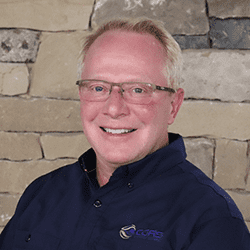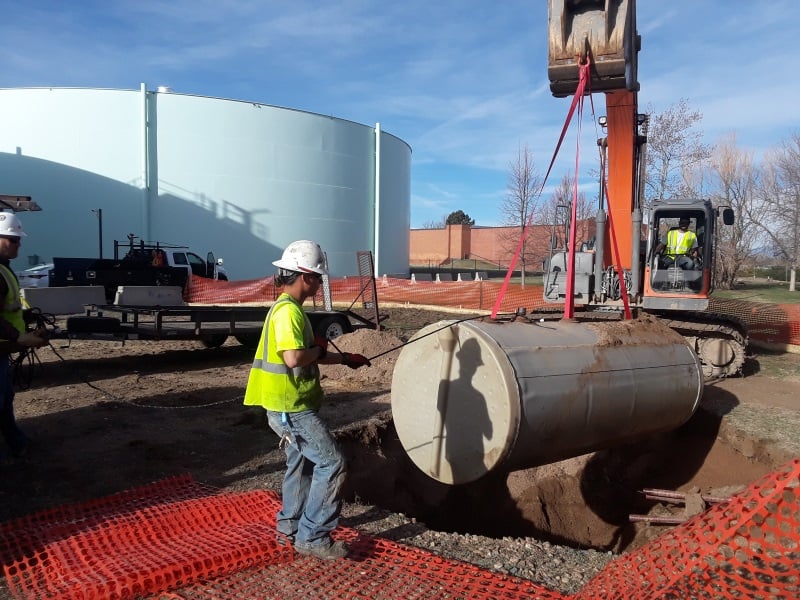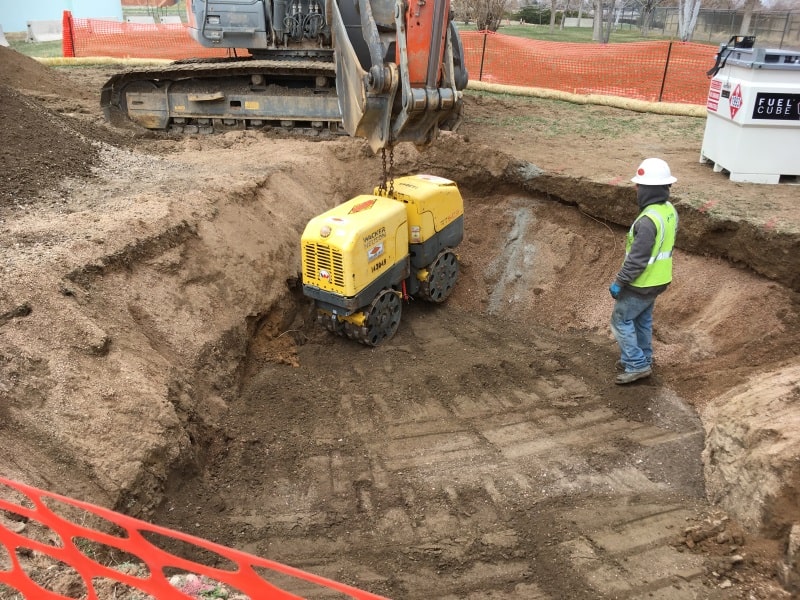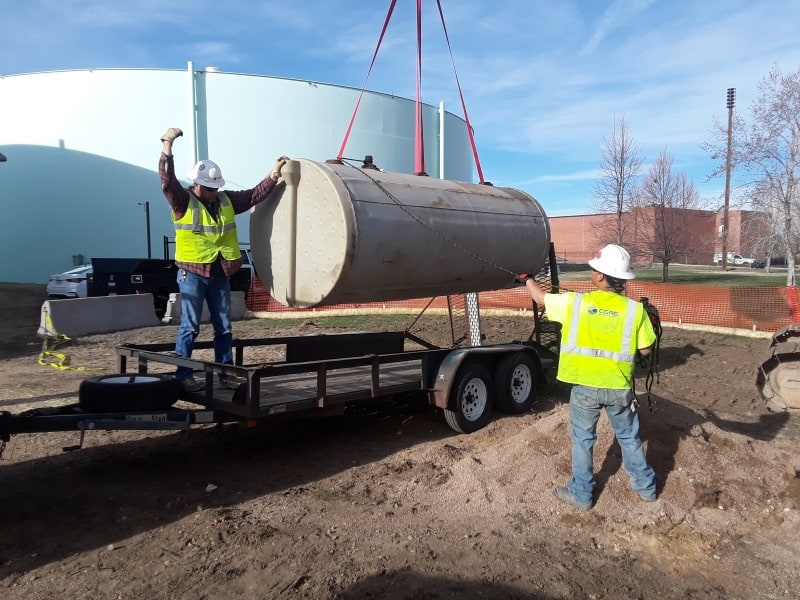Project Profile: Smoky Hill Pump Station UST Removal
Aurora, Colorado
Sometimes a job goes as smooth as silk.
Such is the case of the Smoky Hill Pump Station underground storage tank (UST) removal and aboveground storage tank (AST) installation CGRS completed for the City of Aurora this spring.
According to Andrea Long, a project manager for Aurora Water’s Engineering and Planning Division, the decision to excavate the 1,000-gallon diesel UST was twofold. First, the pump station’s existing generator has outlived its usefulness and the City planned to replace it with an integral fuel belly generator in 2020.
Secondly, little information was available about the UST except that it was installed some 23 years earlier. While City officials had no indication that the tank was leaking, the absence of details about the unit’s cathodic protection played a major role in the decision to remove it months before the installation of the new unit. This would allow time for soil testing and any necessary site mitigation.
Call a CGRS Expert:
800.288.2657

Tim Goodrich
Business Development
Mobile: 970.218.1455
CGRS’s construction teams know all too well that every client has established protocols and specifications that we have to meet. While the Aurora Water job was fairly simple, CGRS still had to overcome several challenges:
- The number of form submittals and revisions, made through the City’s electronic document submittal system for such things as piping, fitting, dirt, equipment, site personnel and more, was above average for CGRS. While these processes involved more work on the front end of the job, with a bit of a learning curve, they helped Aurora Water ensure CGRS was meeting City specs and that important records are available for future reference.
- Because the UST was on the pump station footprint and the condition of excavated materials was unknown, CGRS could not stockpile spoils on the site. Instead, the crew had to contain the soil and haul it away for disposal at a remote location. This process took more time than CGRS has experienced on other UST removal projects.
- Aurora Water has stringent physical and procedural controls on utility infrastructure, especially at potable water facilities. These measures restricted at-will access and inhibited the crew’s ability to define their own operating hours.
Although the City of Aurora’s protocols were new to CGRS construction crew, the team remained flexible and prepared to do whatever was needed to get the job done.
Long says CGRS’s crew demonstrated not only knew what they were doing – including Colorado Division of Oil & Public Safety (OPS) requirements – but they also showed great respect for the site in adhering to it’s the City’s protocols.
“I really appreciated working with them and the care they took of the process,” she says. “Bob Purcell (CGRS Construction Services Project Manager) did a great job thinking proactively and minimizing the disturbance to the area.
“I’d be happy to work with (CGRS) again.”
CGRS began the project March 21, initiating the work by with installing the temporary 500-gallon, double-wall AST and connecting it to the generator that would provide backup power for the City’s water pumps until the new generator is installed in 15 months. Once the AST was in operation and tested, CGRS pulled the UST on March 28.
Everything about the job went according to plan, including the weather cooperating and soil tests confirming the integrity of the UST, rendering mitigation unnecessary. CGRS backfilled the void removing the tank left and cleaned up the site April 1, finishing the job on time and within budget.





